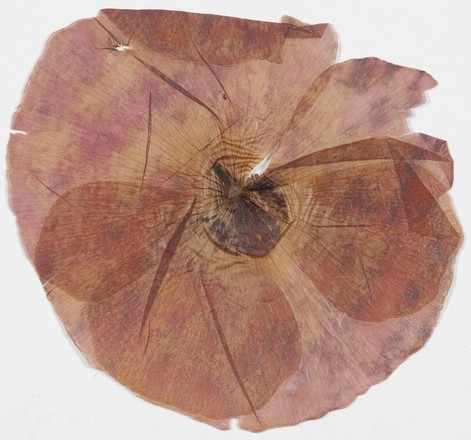
Diary with pressed poppy, 21 September 1915 – 18 July 1918
Manuscript and
pressed poppy
Purchased from GTC McClintock, 1919
MLMSS 2783 Item
3
Fragile and faded, a lasting memorial
One of the most iconic symbols of the Great War is the red poppy. Scarlet corn poppies (Papaver rhoeas) grow naturally throughout Western Europe, particularly in fields where earth has been churned up. The land around the Western Front, ripped open from four years of devastating war, provided ideal conditions for poppies to grow across abandoned battlefields. These wild, deep red flowers came to symbolise the sacrifice of those who died in the War. Australian soldier, George McClintock kept a poppy pressed within the pages of his diary.


 Back to list
Back to list